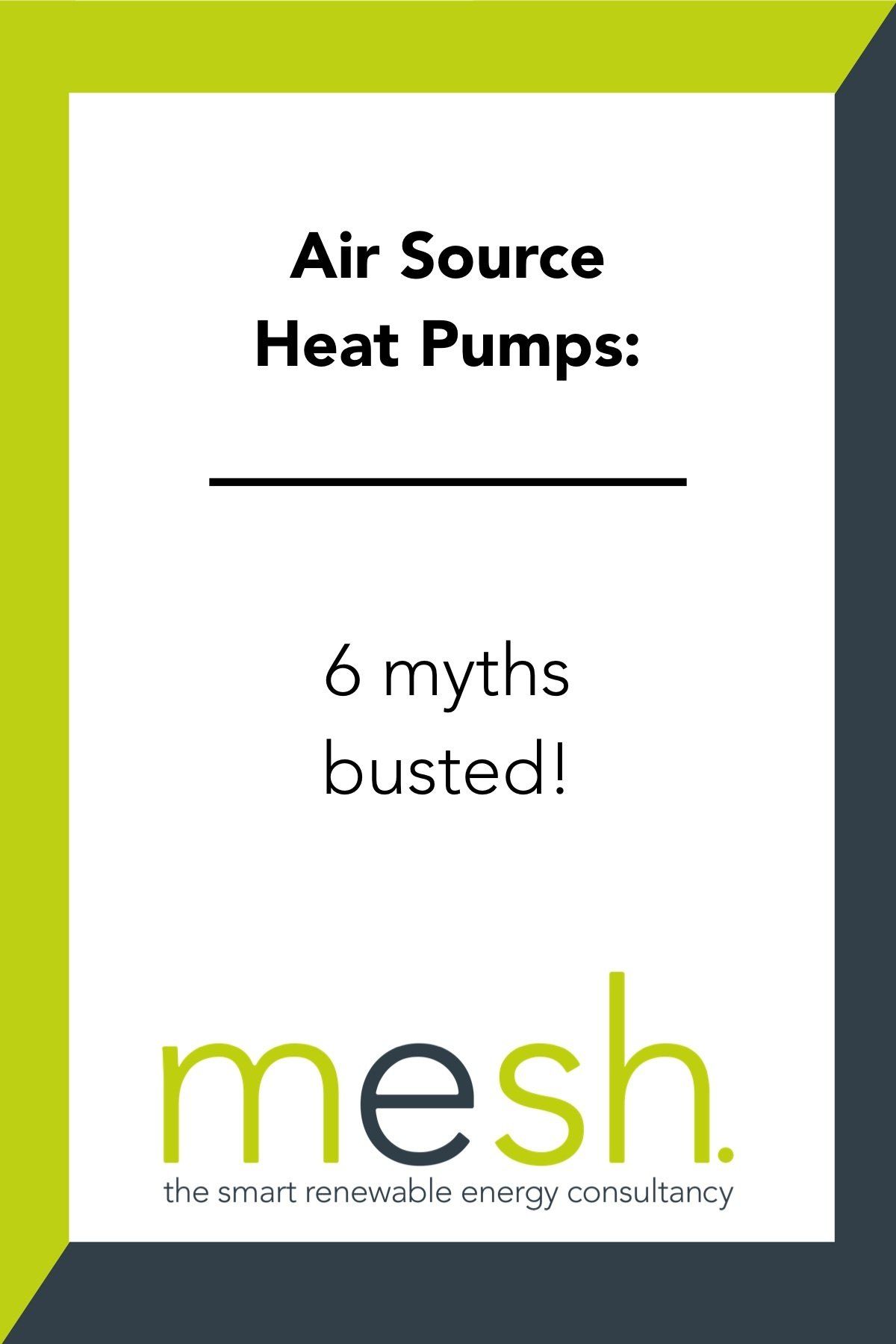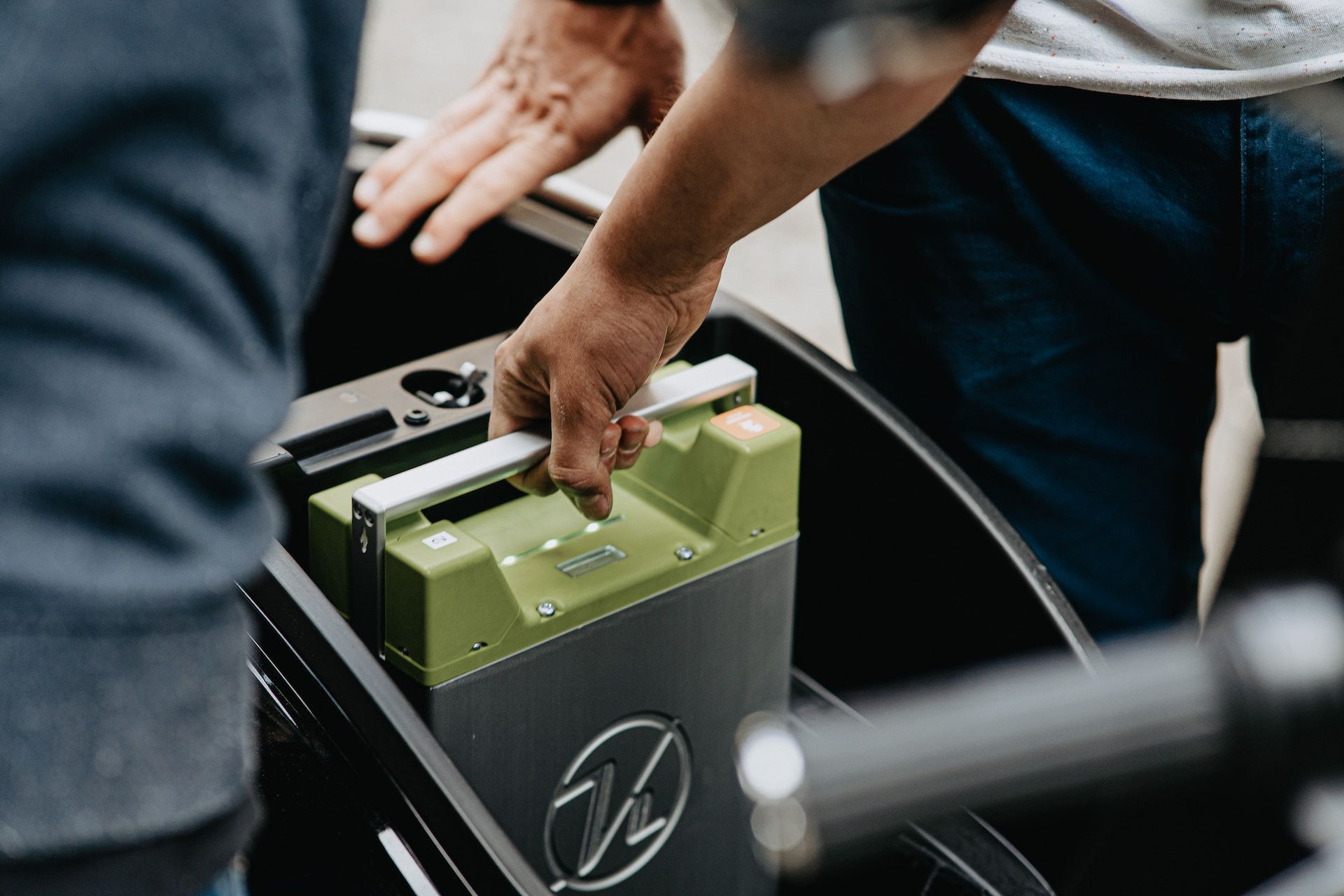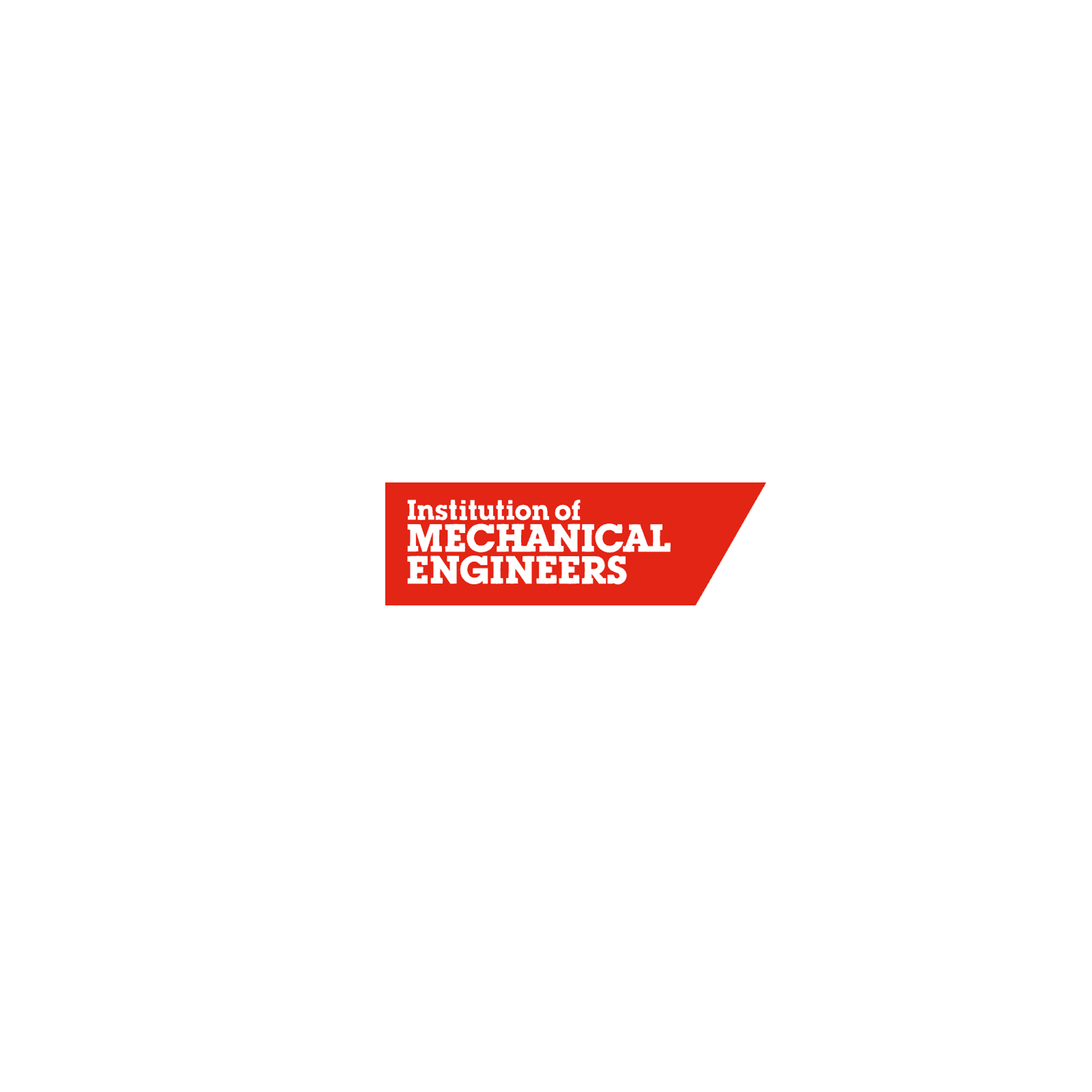Air source heat pumps: 6 myths busted!
With the recent announcement that carbon reductions will be regulated in new homes within the next 12 months, and the target of 600,000 heat pumps being installed per year by 2028 being announced by the UK Prime Minister, there is much work to do! Air source heat pumps are a viable and cost-effective alternative to fossil fuel boilers and will become increasingly used to heat homes and buildings going forward through the 2020s and beyond.
Air source heat pumps are often misunderstood or vetoed early on in a heating strategy discussion on the basis of mythical information. Our aim this week is to tackle these popular myths head on and dispel the commonly misunderstood features of this important technology.
Myth 1: Air source heat pumps are noisy
This myth heads up our list as it is one of the most common misconceptions in our experience. Most people visualise a modern day heat pump producing the same kind of racket that comes from one of those ageing air conditioning units you see hanging off the wall down the side of your local fish and chip shop!
Nothing could be further from the truth. The latest range of outdoor fan units are superbly acoustically engineered machines, aimed at making the units whisper quiet.
Whilst it is difficult to quantify the noise, most units become virtually inaudible at about 5m away from the unit and will not even be heard by the closest of neighbours.
Myth 2: Air source heat pumps are expensive
It is true the heat pumps are more expensive than your run-of-the-mill mains gas boiler, but there is considerably more engineering that goes into recovering ⅔ of the energy from the air for free than burning fossil fuels with a flame.
The actual costs of air source heat pumps may surprise you. If you compare the parts needed for the unit and the uplift for additional installer competence, the price of the heat pump units for a mid-range home can be around £7,000-£10,000 compared to a gas boiler costing £3,000.
What most don’t appreciate is that the government is offering up to £10,000 tax-free subsidies under the domestic RHI and Green Homes Grant Schemes to support the additional capital expenditure too. Food for thought.
Myth 3: Air source heat pumps are not effective in cold weather
The fact that air source heat pumps have to turn freezing cold air during the winter months into meaningful home warmth seems dreadfully inefficient for air source technology. Whilst air source heat pumps definitely have to work harder at colder temperatures the truth is a little more palatable.
Many pictures and stories of ice-encased outdoor units have been posted on the internet and are a result of poor design and installation, not baseline technology inefficiency.
Air source heat pumps are actually capable of working down to -20 degrees Celsius; for most, this is more than ample. A properly sized outdoor unit and designed underfloor emitter system operating in the depths of winter will still be cheaper than burning oil and cheaper than mains gas depending on the application.
Myth 4: Air source heat pumps need to be situated close to the home
The aesthetic appearance of the outdoor fan unit for air source solutions can cause a bit of concern for some homeowners who are not keen on having a big box sat on their patio, manicured lawn, or worse, bolted to their home.
The good news is that air source heat pumps are extremely versatile and come in all sorts of configurations; one of which is a “split” system. This essentially means that the outdoor unit can be placed up to 60m away from the indoor unit in the house. For most this is enough to hide it away behind a shed, or even into the darkest and most forgotten corners of their garden: out of sight and mind.
Myth 5: Air source heat pumps cannot produce hot enough water
It is understood from extensive research that most people are comfortable having showers and baths at no more than 44 Celsius. Given that most standard heat pumps will achieve 55 Celsius without immersion backup this myth, again, is simply untrue. Whilst heat pumps indeed become more inefficient at higher temperatures, they are suited to almost all hot water applications.
Critically, the right design of a hot water cylinder which is ‘heat pump ready’ is essential.
Myth 6: Air source heat pumps don't work with radiators
Heat pumps in general work far more efficiently at lower temperatures in the range of 35-45 Celsius compared to 60-70 Celsius for traditional fossil fuel boilers. Any plumber will understand that if the flow temperature is lower the radiator area needs to be increased, for the same output of heat into the room.
If you don’t have any more wall space for bigger radiators there are low flow temperature radiators available that allow you to keep the same radiator “wall print” but with the same thermal output. Companies like Jaga are leading the way in energy efficient radiators.
Hopefully, this post has cleared things up a bit for you and helps you to make a more informed decision about whether air source heat pump technology is right for you. If you want to do some further reading or digesting of content, do feel free to check out some of our other blogs and webinars we have for you.
If you have any questions about air source heat pumps, please
don't hesitate to
contact the Mesh team today.
SHARE THIS POST WITH YOUR NETWORK























